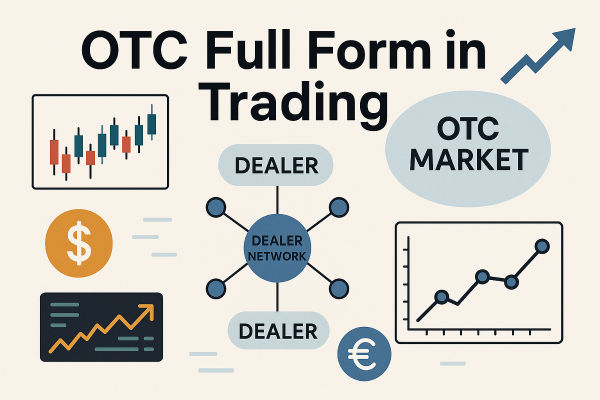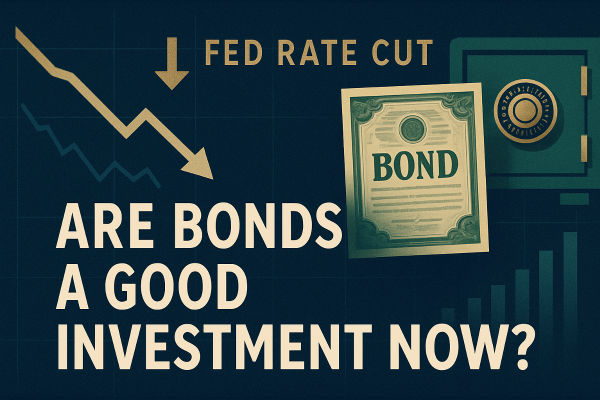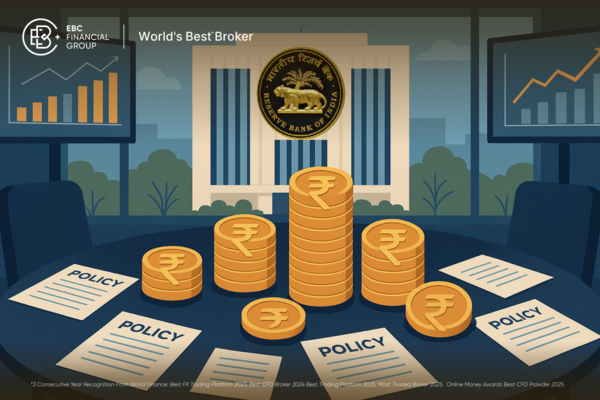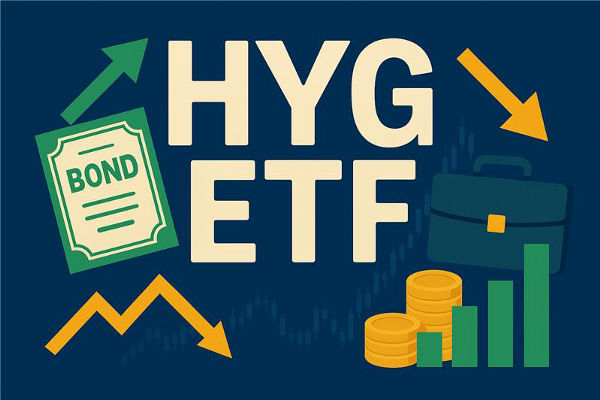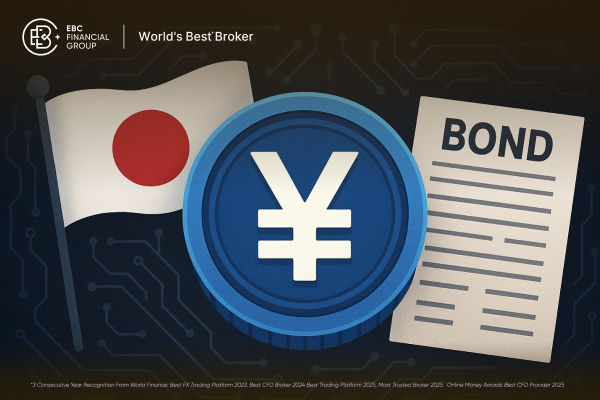When most people think about investing, they often focus on stocks. But there's another powerful category of assets that can add stability, income, and diversification to your portfolio — bonds. Bonds are a core component of fixed-income investing, offering predictable returns and lower volatility compared to equities.
In this beginner-friendly guide, we'll cover everything you need to know about bonds — especially the five main types you should understand. Whether you're building a retirement portfolio, managing risk, or seeking passive income, bonds can be a valuable tool.
What Is a Bond?
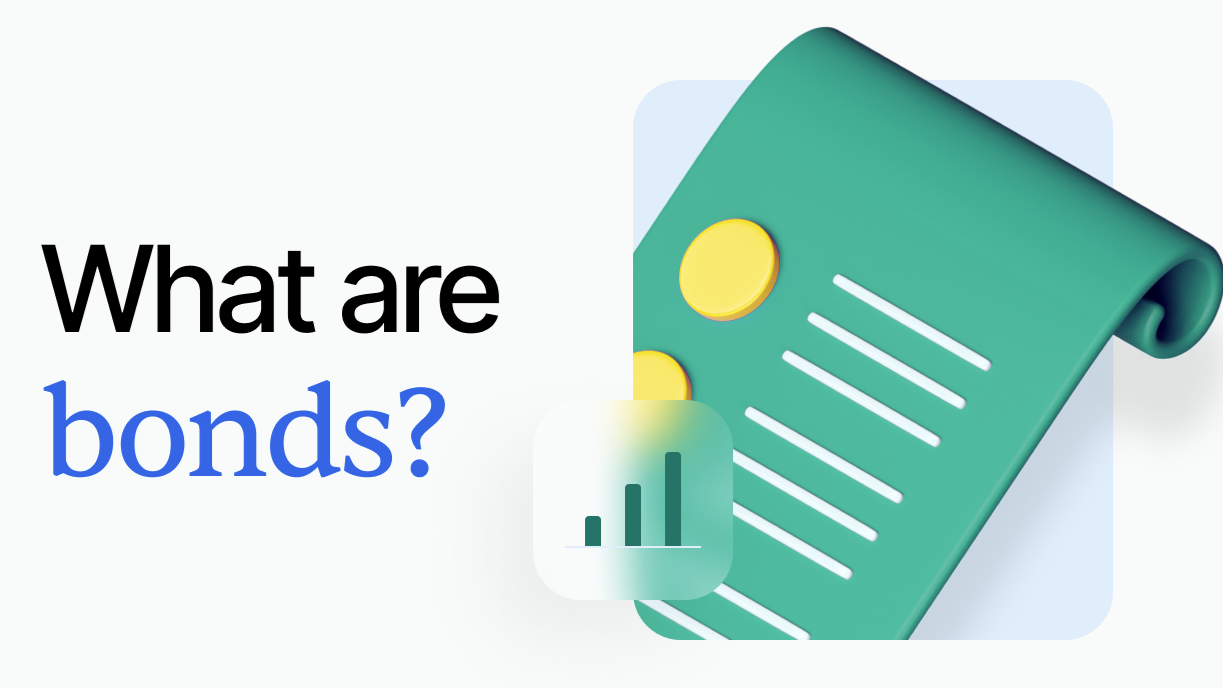
A bond is a debt instrument. When you buy a bond, you're essentially lending money to a government, corporation, or other entity in exchange for periodic interest payments (called the coupon) and the return on your original investment (the face value) when the bond matures.
Key Features of a Bond:
Issuer: The borrower (e.g., government, corporation)
Face Value (Par Value): The amount you'll be repaid at maturity
Coupon Rate: Annual interest as a percentage of face value
Maturity Date: When the issuer pays back the face value
Yield: The effective return you earn based on the bond's price
Why Invest in Bonds?
Bonds are popular because they offer:
They're attractive in volatile or declining stock markets and are essential in retirement-focused portfolios.
What Are the 5 Types of Bonds?

1. Government Bonds
The national government issues Government bonds, which are often considered the safest type of bond.
U.S. Government Bonds
In the United States, government bonds include:
Treasury Bills (T-Bills): Short-term, 1 year or less, zero-coupon
Treasury Notes (T-Notes): Medium-term, 2 to 10 years
Treasury Bonds (T-Bonds): Long-term, up to 30 years
TIPS (Treasury Inflation-Protected Securities): Bonds indexed to inflation
Benefits:
Risks:
Other Examples:
2. Municipal Bonds (Munis)
Issued by U.S. state and local governments, municipal bonds help finance public projects such as schools, roads, and hospitals.
Types of Munis:
General Obligation Bonds (GO): Backed by taxing power
Revenue Bonds: Supported by specific project income (e.g., toll roads)
Benefits:
Tax-free interest (federal and often state/local)
Good for high-income investors
Used for impact investing (public good)
Risks:
Use Case:
Ideal for U.S. investors in higher tax brackets looking for low-risk, tax-advantaged income.
3. Corporate Bonds
Companies issued corporate bonds to raise capital. They typically offer higher yields than government or municipal bonds due to increased risk.
Categories:
Benefits:
Risks:
Example Issuers:
Apple
Amazon
Ford (junk-rated)
AT&T
4. Agency Bonds
Agency bonds are issued by government-sponsored enterprises (GSEs) or federal agencies.
Common Types:
Fannie Mae (FNMA)
Freddie Mac (FHLMC)
Ginnie Mae (GNMA)
Most of these bonds are related to housing and mortgage-backed securities.
Benefits:
Generally offer higher yields than Treasuries
Many are considered very low-risk
Some have government guarantees
Risks:
Use Case:
It is appealing for conservative investors seeking slightly higher yields than Treasuries without assuming significant risk.
5. International & Emerging Market Bonds
Issued by foreign governments or corporations, these bonds add geographical diversification.
Types:
Foreign Government Bonds: From developed countries like Germany, Japan, UK
Emerging Market Bonds: From Brazil, India, Turkey and more
Benefits:
Risks:
Use Case:
For experienced investors seeking yield and diversification outside the U.S.
Who Should Invest in Bonds?

Bonds are suitable for:
Retirees and conservative investors seeking stable income
Balanced portfolio builders
Tax-conscious investors (municipal bonds)
Anyone seeking lower volatility than stocks
How to Invest in Bonds
You can invest in bonds directly or through pooled investment vehicles.
Direct Bond Investing:
Bond Funds & ETFs:
Popular Bond ETFs:
BND – Vanguard Total Bond Market ETF
AGG – iShares Core U.S. Aggregate Bond ETF
TLT – iShares 20+ Year Treasury Bond ETF
HYG – iShares iBoxx High Yield Corporate Bond ETF
Tips
Diversify across bond types, maturities, and issuers
Ladder maturities to reduce interest rate risk
Consider Duration: Short-term bonds = less sensitive to rate changes
Reinvest coupons to maximize compounding
Balance with equities based on your risk tolerance
Risks to Consider When Buying Bonds
As with any investments, bonds aren't risk-free. Before investing, understand the following:
1. Interest Rate Risk
When interest rates rise, bond prices fall. Long-term bonds are more sensitive.
2. Credit Risk
The issuer might default on payments. This is especially relevant for corporate and emerging market bonds.
3. Inflation Risk
Inflation erodes the real value of interest payments, especially in fixed-rate bonds.
4. Liquidity Risk
Some bonds are hard to sell quickly without taking a price cut.
5. Currency Risk
This applies to international bonds when the issuer's currency fluctuates against your own.
Conclusion
In conclusion, comprehending the five primary types of bonds — government, municipal, corporate, agency, and international — is essential for constructing a robust fixed-income portfolio. Each serves a different purpose, offering varying levels of risk, return, and tax treatment.
Whether you're a beginner or an experienced investor, including bonds in your portfolio can help reduce risk, provide income, and enhance long-term financial stability.
Disclaimer: This material is for general information purposes only and is not intended as (and should not be considered to be) financial, investment or other advice on which reliance should be placed. No opinion given in the material constitutes a recommendation by EBC or the author that any particular investment, security, transaction or investment strategy is suitable for any specific person.













